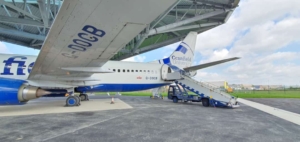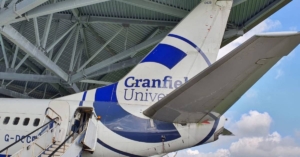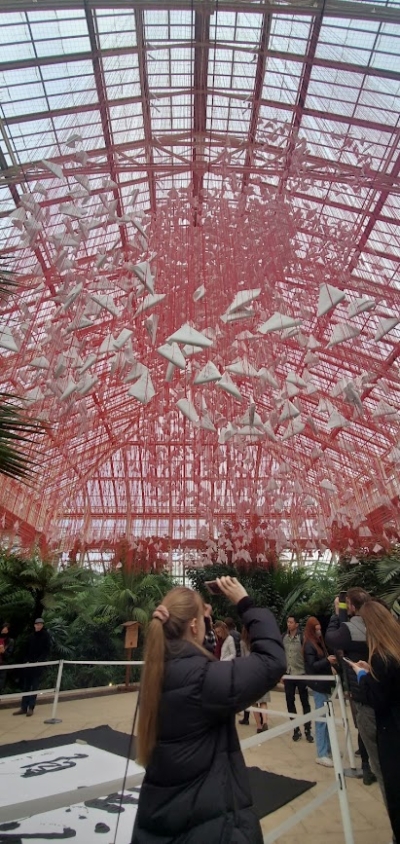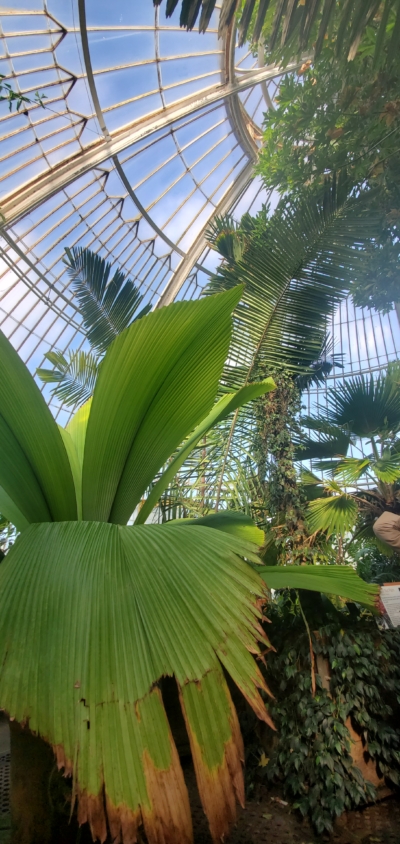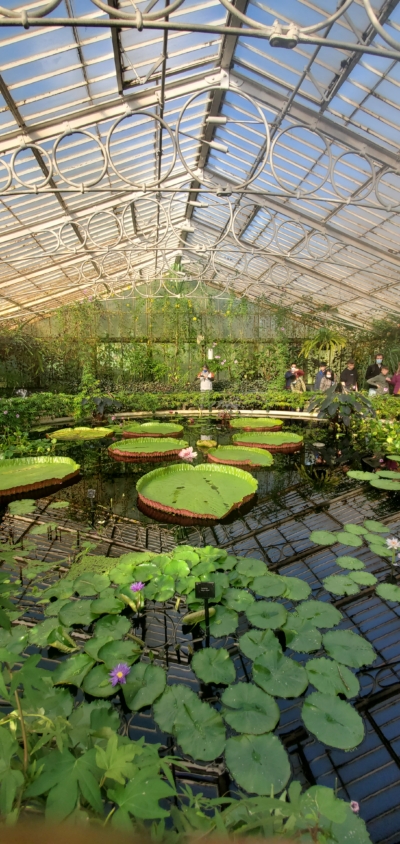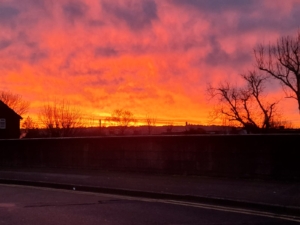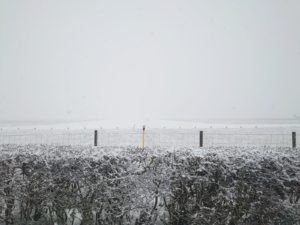My reflection on studying Thermal Power MSc
09/12/2021
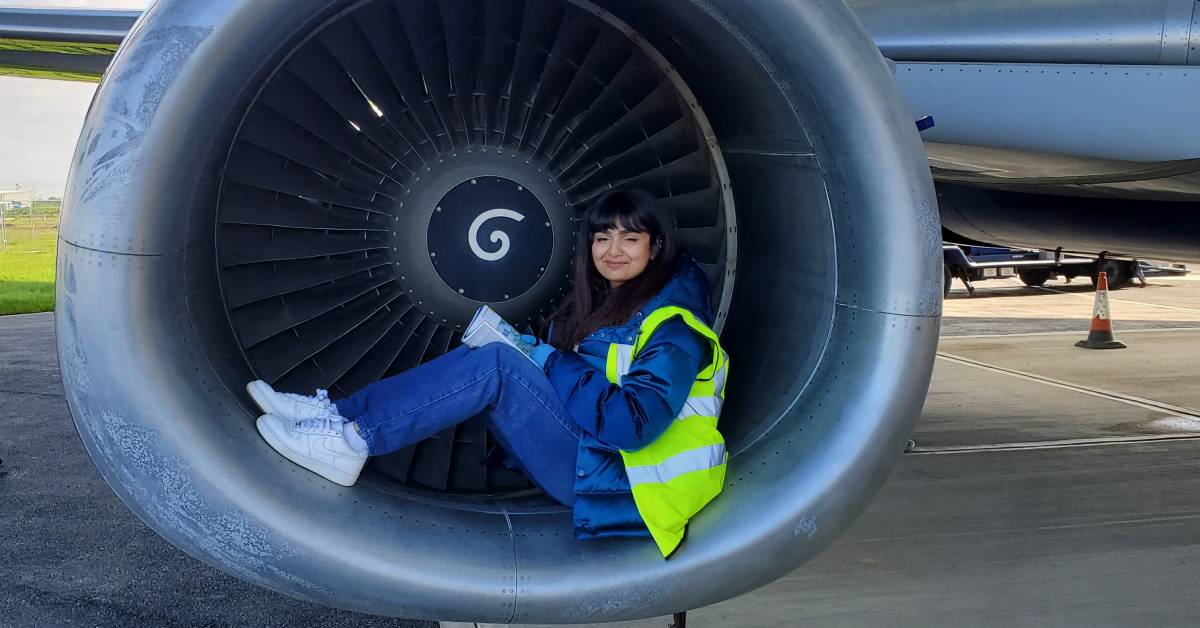
Firstly, thank you for following this tri-blog-ology during my time studying the Thermal Power MSc, I hope it has been informative! In my previous blog I covered an academic insight into the course. I am now at the very end of my academic journey, at Cranfield, and in life! It is a little strange not taking an annual trip to the stationery shop and a mass textbook download online spree, and I quite miss it.
So, in between my previous blog and now, it has been eventful! In the past eleven months we saw summer come and go, a bit too quickly. I studied new modules; Combustors, Propulsion Systems Performance and Integration, Mechanical Design of Turbomachinery and Management for Technology; exam season and thesis submission!
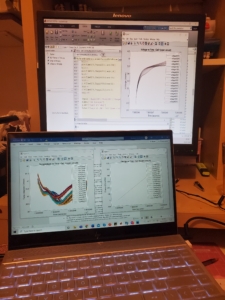
Rewinding back to February, the Management for Technology module was delivered brilliantly. Studying engineering it can be easy getting absorbed into a world of numbers, mathematical symbols and using the Greek alphabet more than the English one. I always considered myself to enjoy the technical calculations of engineering rather than the integration of engineering into a company. However, this course really changed my view. I always thought why worry about the business side of engineering if a team of MBA grads are employed for that? – wrong! Cranfield’s School of Management is world-famous, producing many famous CEOs and entrepreneurs, and I could understand why, as the course effectively taught me everything from how to simulate a business, to delivering a top-quality presentations, to the different methods of managing a team. The content of this module is probably just as important as the technical skills when it comes to working in the industry, and it is great that the Thermal Power MSc students can benefit from Cranfield’s School of Management.
We then hosted the annual ‘Engine Systems Symposium’ held online that every Thermal Power student partakes in. It’s great opportunity to hear a concise presentation across the spectrum to do with propulsion; from civil aviation to auxiliary systems for gas turbines. Anyone due to start the Thermal Power course should start assembling their research as early as possible, as the quality of the papers and presentations were proportional to the time spent on them.
The module Mechanical Design of Turbomachinery covered applied structural mechanics onto the blades and engine subcomponents. Covering the laws of stress, strain, creep, fatigue and torsion which were all familiar to me, and then progressively applying them from a bean, then to a blade, then to a blade with pre-twist, then to rotor dynamics where centrifugal forces are considered.
Combustors was my favourite module (although I try to remain as impartial as I can in my blogs). This is because my main interest stems in fuels, especially alternative fuels. This is a hot topic in the industry right now, especially with Cranfield pioneering with research into using hydrogen as a fuel, and I also learnt of an interesting concept-fuel that is developed using the existing carbon dioxide in the air, to ultimately have a zero-carbon footprint. I also took great interest in learning how contrails are formed, ways to reduce NOX and carbon monoxide emissions, fuel injection methods and afterburners. I used to love watching jets activating their afterburners on YouTube and seeing a tail of fire eject out, so it was quite fascinating to learn the engineering behind it. Even though I have left Cranfield, I will definitely be following the University’s research progress on hydrogen fuel.
The final module was Propulsion Systems Performance and Integration. This two-week course was delivered online, just before face-to-face teaching recommenced. There was a broad scope in this module; from calculating the fuel burn at every phase of the flight, to learning why short-range aircraft have a thicker lipped nacelle and why the long-range aircraft have thin lipped nacelles, to aerodynamics, to designing the geometry of my own nacelle based on performance criteria. This module really helped to understand the engine as a whole and its compatibility with the aircraft.
As spring blossomed at Cranfield, it was lovely to see the longer days on campus. The sunshine really uplifted everybody’s mood, and it was great to see more al-fresco eating outdoors at Stafford Cripps, to BBQs and outdoor dinners being organised, to seeing football and tennis being played almost very evening. The summer high also came hand-in-hand with exam season! I relied a lot on keeping outdoors, whether it was slamming a few balls in the tennis court for an hour or attempting to run the whole campus-Cranfield Village-campus circuit (18 km which I walked half of, I am no athlete), to preserve my health and sanity. I read an interesting article that the best, top-performing students delegate their time equally between play, studies, and sleep; trying to get an average of eight hours of each.
Exam season at Cranfield was better than I expected; I made a group of great friends, who are due to visit me in London for a weekend of Christmas festivities. We all gave each other great moral support in the exam preparation, which is very important in any course as strenuous as engineering.
Looking back, my biggest piece of advice for any prospective engineering student is to prepare by building a bank of questions and solutions from the get-go. As important as it is to attend lectures and tutorials, the real fruit of preparation is in having understood as many questions and answers as you can; exam papers, past tutorials, previous years, etc. If you want to set some time to rewatch lectures, try to go through the worked example ones. I realised the students who took this approach scored the highest. Cranfield’s lecturers are super helpful, so drop them an email to send extra Q&A material in the semester, I did sometimes on behalf of the cohort, and they responded happily and quickly.
As the exams ended in June, we had over a month vacant to focus on our thesis. I caught Covid-19 in this period, but fortunately was given an extension to compensate for this based on strong evidence. My thesis was no easy journey; I struggled from the beginning, and it took hours and hours of reading, research and understanding. The project was for FUTPRINT50 which aims to accelerate entry-into-service regional hybrid-electric aircraft in the next few years. I learnt all about electric-hybrid propulsion; the powertrain consisting of batteries, generators, and an integrated GT; battery degradation modelling through semi-empirical models; and all about lifecycle analysis as I designed my own unique LCA which incorporates circularity to make the development as sustainable as possible. This project really helped polish my previously rusty MATLAB and taught me the essence of what system engineers and developers do; design and optimise products from the cradle-to-grave of their lifecycle.
Along this, I did a live Cranfield University Instagram #StudentTakeover. This was a great chance to show the campus visually which my blogs cannot convey. Any prospective students reading this blog, check out mine and other ex-student’s takeovers to truly appreciate the campus, and see the accommodation and facilities first-hand.
This brings me to the end of my blogs. I hope whoever reads my series finds at least something of use and interest! Cranfield is a great university, one that I wish I could have stayed longer at, and hopefully I can one day come back to do a PhD. For now, I am working part-time while finding my dream graduate role. Many questions came about employment after graduation on my takeover; my honest observation across everyone I know is that it varies. A fair handful of students secured a job through their thesis, previous internships, or being headhunted on LinkedIn. Others, like myself, are still pursuing a role in aerospace engineering or a PhD, and the rest seem to have moved into other career routes. The most proactive course of action is to build a strong LinkedIn account, network with as many recruiters and researchers in your field; even if they cannot hire you directly most people will happily point you in the right direction, and to not give up! Sometimes it can be a waiting game.
For now, I would like to travel to the countries on my bucket list that the pandemic prevented me from visiting and I have recently collaborated with a student from Lille on developing a start-up for hydrogen combustion technology to continue my interest in sustainable propulsion.
Best wishes and season’s greetings, Simran 😊
Categories & Tags:
Leave a comment on this post:
You might also like…
Keren Tuv: My Cranfield experience studying Renewable Energy
Hello, my name is Keren, I am from London, UK, and I am studying Renewable Energy MSc. My journey to discovering Cranfield University began when I first decided to return to academia to pursue ...
3D Metal Manufacturing in space: A look into the future
David Rico Sierra, Research Fellow in Additive Manufacturing, was recently involved in an exciting project to manufacture parts using 3D printers in space. Here he reflects on his time working with Airbus in Toulouse… ...
A Legacy of Courage: From India to Britain, Three Generations Find Their Home
My story begins with my grandfather, who plucked up the courage to travel aboard at the age of 22 and start a new life in the UK. I don’t think he would have thought that ...
Cranfield to JLR: mastering mechatronics for a dream career
My name is Jerin Tom, and in 2023 I graduated from Cranfield with an MSc in Automotive Mechatronics. Originally from India, I've always been fascinated by the world of automobiles. Why Cranfield and the ...
Bringing the vision of advanced air mobility closer to reality
Experts at Cranfield University led by Professor Antonios Tsourdos, Head of the Autonomous and Cyber-Physical Systems Centre, are part of the Air Mobility Ecosystem Consortium (AMEC), which aims to demonstrate the commercial and operational ...
Using grey literature in your research: A short guide
As you research and write your thesis, you might come across, or be looking for, ‘grey literature’. This is quite simply material that is either unpublished, or published but not in a commercial form. Types ...

